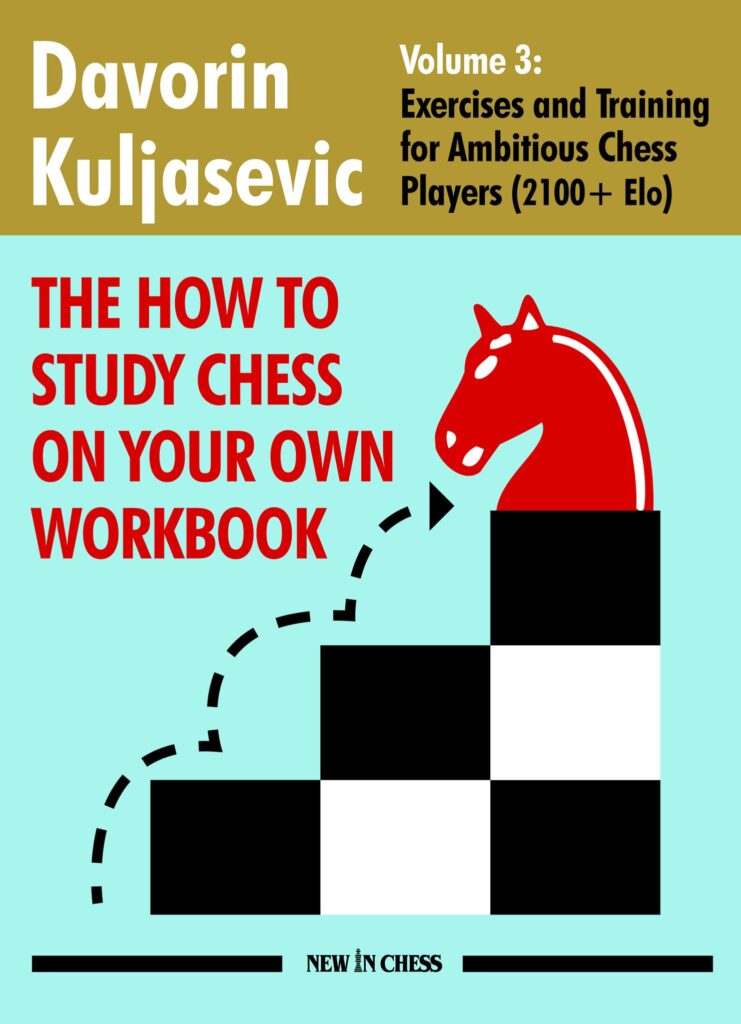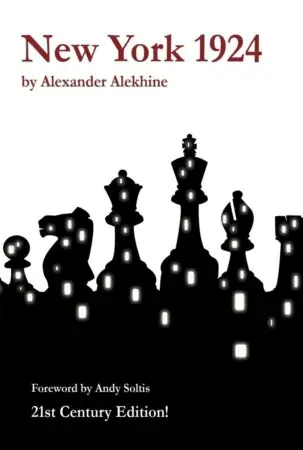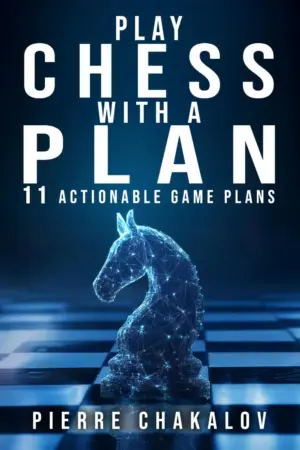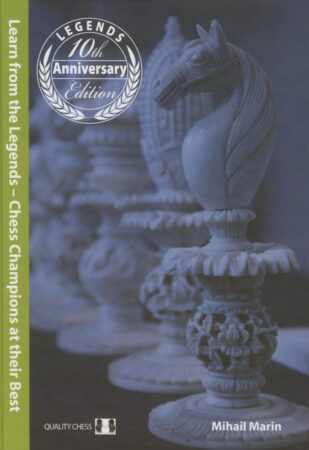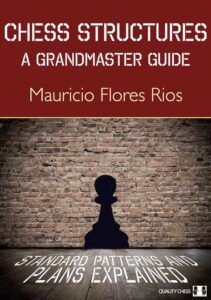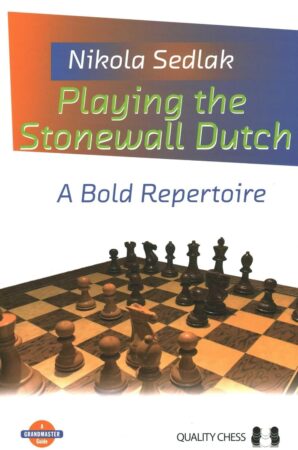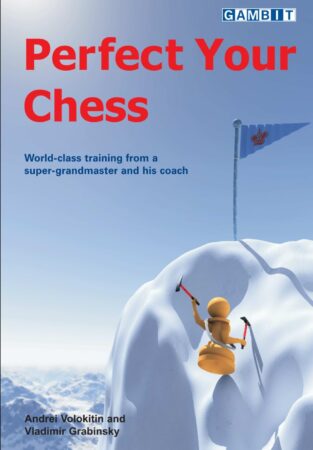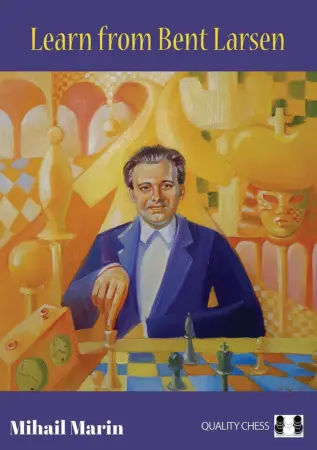How to Study Chess on Your Own is one of the greatest chess book series I’ve ever read. And I’m not just saying that because Davorin Kuljašević is from my home town. His series is the chess equivalent of Lao Tzu’s “Give a man a fish and you feed him for a day. Teach him how to fish and you feed him for a lifetime.” Not many chess coaches and authors have embarked on the journey of teaching everyone how to study by themselves. They need to keep selling fish.
How to Study Chess on Your Own Workbook – Volume 3 is intended for players above 2100 FIDE, or ambitious tournament players. To quote Kuljašević: “Knowing how to study is important, but doing the actual work matters more.” This workbook, and the following two volumes, are handpicked material based on his idea of how to study effectively according to your current strength.
Even though I haven’t reached 2100 fide yet (my highest rating was 2056), having gone through all three volumes of the workbook, I can say that this volume was the one I enjoyed the most, and the one I think benefited me most. The reason is Kuljašević’s focus on what he thinks holds strong players back from reaching master level. He lists what he thinks are typical strengths and weaknesses of players above 2100 FIDE who haven’t reached Grandmaster level yet (2100-2400), and explains how, after years of coaching, he has become more and more convinced that the weaknesses he lists are what ambitious tournament players need to work on in order to improve. The list includes lack of strategic depth, bad endgame technique, missing counter-intuitive resources, missing tactical details and complex combinations, and not evaluating properly.
This is a workbook on visualization, tactics and calculation, strategy, and complex endgames. It does not cover openings, or what Kuljašević refers to as “general improvement” in the original book. It consists of 160 exercises divided into four modules: visualization bootcamp, tactics, middlegame, endgame.
Since, according to rating, I’m not the target audience for this volume of the workbook, my poor performance was to be expected. My total completion rate was 61%. I will go through the book again. Soon.
The solutions to the exercises are annotated in great detail, written well (which is the case for all four books in the series), and explain the ideas behind the solutions well. That, to me, is the most important part of a puzzle book. Anyone can just give you a problem and the engine solution. Kuljašević has done a very good job of explaining the thought process behind the ideas.
If you are serious about your chess, I would recommend that you go through the workbook. Even if you’re rated lower than 2100. I am, and I found it more useful than almost any other chess book I’ve ever read.
How to Study Chess on Your Own is a series of four books. The first volume is a guide on how to approach independent chess study and its purpose is to, as Davorin puts it: “Encourage readers to study with proper structure, and help readers become independent in their study.” It covers every aspect of chess study; how to create plans and training schedules, how to optimize learning processes, how to develop healthy studying habits and eliminate the useless and harmful ones, how to distribute time and what areas to focus on, which resources to use depending on your level, and, most importantly, how to study openings, middlegames, and endgames on your own.
The series is intended, as he puts it, for everyone from casual club players to chess professionals. The other three volumes in the series are workbooks, each for a separate level range (1500-1800, 1800-2100, and 2100+).

